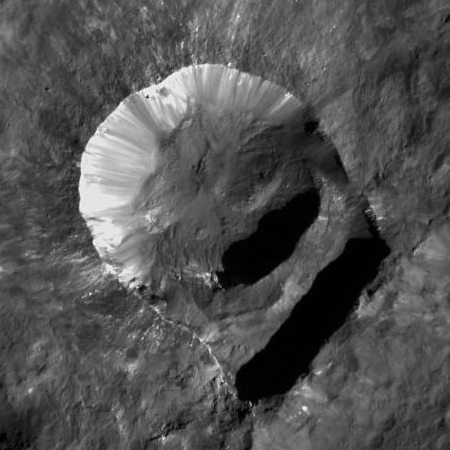Though the article at the link focuses on how in this year’s election the Democratic Party has lost its traditional support from white blue collar Democrats, I think it illustrates quite forcefully the increasing political polarization between the cities and the rural parts of the country.
“There are 490 counties in Appalachia technically, which is defined by federal law. Hillary Clinton won 21 counties in that region,” he said. And that is it. She did not win a single county in Appalachia that is mostly white, non-college-educated and has a population of under 100,000 people.
Not one county.
Looking at the map, the 21 counties she won were either college campuses like Virginia Tech, Cornell, Penn State and Mississippi State or counties in major metropolitan areas like Atlanta, Birmingham, Ala., Winston-Salem, N.C., Youngstown, Ohio, and Pittsburgh. And she also won five counties in Mississippi that are nearly majority black. “I went back and looked at the home precinct in Tennessee where I grew up and Bill Clinton wins it, Al Gore gets forty percent, Obama gets 28 percent and she got 18 percent. In short, Donald Trump got 80 percent of that vote,” he said, astounded at the cultural shift among Appalachians.
What does all of this data tell you about America? Todd says it is simple, “There are absolutely no more blue-collar whites in the Democratic Party. They just don’t exist, even the ones who want there to be have recognized there is no room for them,” he said. These voters had stayed with the Democrats forever and now 80 percent of them in Appalachia have voted Republican. “That means they don’t know anyone who voted for her,” he said.
This polarization also explains why it is becoming more common for the choice of the electoral college to not match the popular vote. Democratic voters are increasingly packed into big cities that cover very small amounts of area. The electoral college as well as Congress were specifically designed to prevent such concentrations from dominating elections.
These results also show that the Democrats are not doing a very good job convincing anyone to vote for them outside of their reliable core constituencies. In fact, if anything the policies of the Democratic Party has been repelling everyone away from it, except in those big cities where a large percentage of the voters are their direct welfare clients, dependent on government aid.


